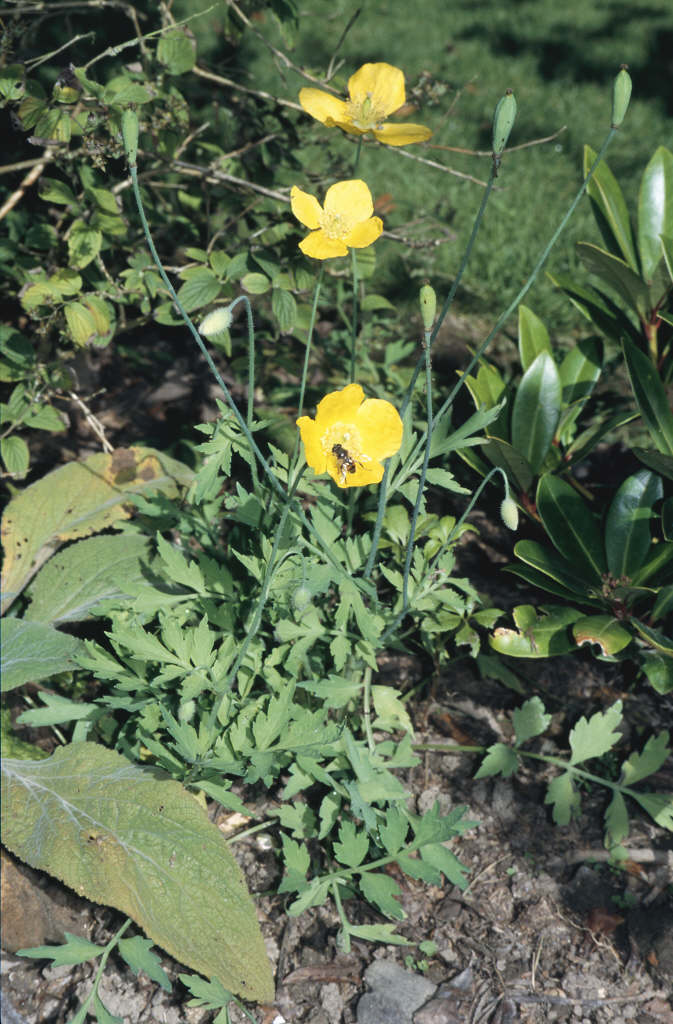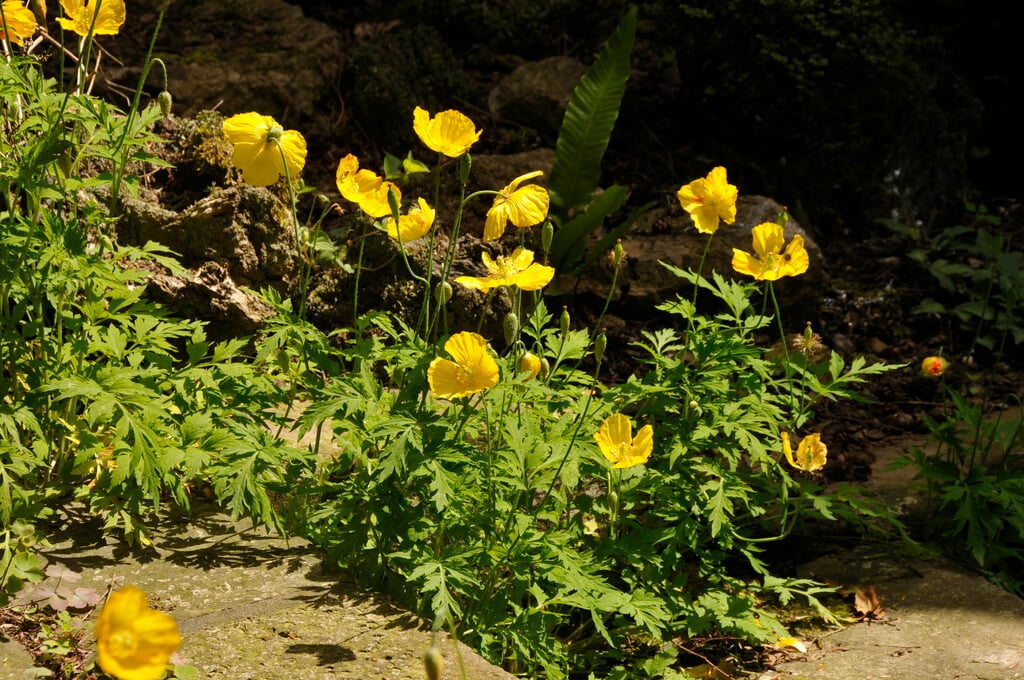Not the plant you're looking for? Search over 300,000 plants
Herbaceous PerennialSynonym
Size
Ultimate height
0.1–0.5 metresTime to ultimate height
2–5 yearsUltimate spread
0.1–0.5 metresGrowing conditions
Clay
Loam
Sand
Moisture
Moist but well–drainedpH
Acid, NeutralColour & scent
| Stem | Flower | Foliage | Fruit | |
| Spring | Orange Yellow | Green | ||
|---|---|---|---|---|
| Summer | Orange Yellow | Green | ||
| Autumn | Orange Yellow | Green | ||
| Winter |
Position
- Partial shade
Aspect
North–facing or West–facing or East–facing or South–facing
Exposure
Sheltered Hardiness
H6Botanical details
- Family
- Papaveraceae
- Native to GB / Ireland
- Yes
- Foliage
- Deciduous
- Habit
- Clump forming
- Genus
Papaver can be annuals, biennials or herbaceous perennials with simple or pinnately divided leaves and short-lived, saucer-shaped, 4-petalled flowers which may be solitary or in racemes
- Name status
Correct
- Plant range
- W Europe
How to grow
Cultivation
Grows best in areas with cool, damp summers. Suitable for wildflower garden
Propagation
Propagate by seed
Suggested planting locations and garden types
- Cottage and informal garden
- Wildlife gardens
- Wildflower meadow
- Low Maintenance
- Flower borders and beds
Pruning
No pruning required
Pests
May be susceptible to aphids
Diseases
May be susceptible to aphids
Love gardening
Sign up to receive regular gardening tips, inspiration, offers and more
View our Privacy Policy
Get involved
The Royal Horticultural Society is the UK’s leading gardening charity. We aim to enrich everyone’s life through plants, and make the UK a greener and more beautiful place.

